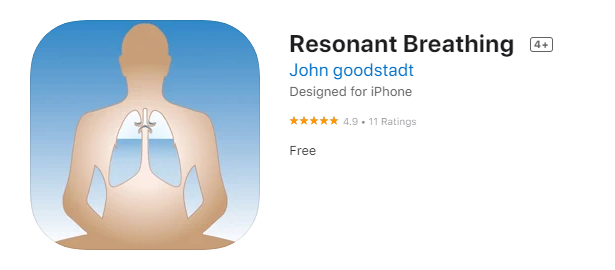This week I’m inspired by the past several weeks’ traveling. I had difficulty maintaining my normal daily meditation practices. Some of the pranyama practices were difficult to do in Sedona, and others difficult to do while traveling.
So I had a chance to re-discover the simple power of quiet sitting. This worked anywhere and everywhere. To sit quietly, mind if necessary concentrating on the breath and relaxation of the body. Entering a meditative state and having the strong association with time and the body fade away. We’ve also been reading and studying the Bhagavad Gita, and the importance of quiet sitting is stressed and described in detail in the Gita.
Sitting
So this week we’ll have some discussion on improved sitting postures, whether you’re sitting on the floor, against a wall, or in a chair. In each position we’ll look at some modifications to how you sit that may have beneficial effects. This is something I’ve had direct benefit from over the past few weeks. A renewed attention to details of how I sit has made a significant difference in how I experience meditation.
Our goal with be a more upright and erect spine, along with greatly reduced muscle tension. These seem like conflicting goals, but we’ll work to find common ground for both.
Breathing
We’ll try a tool to help us with focusing on the breath. Let’s try the excellent and free app ‘Resonant Breathing’. App by John Goodstadt, content by Forrest Knutson. Using this app we’ll set ourselves a target breathing rate, perhaps 5.5 breaths per minute at 40:60.
The good part about this app is how the rhythms can be adjusted to your comfortable breathing levels. In the group we’ll aim for a pattern that’s slow, but attainable for most of us. If you drift off of the pattern that’s fine, just maintain a sense of easy relaxed breathing, deep exhales longer than the inhales, relaxed in breathing and in the body.
Below is an intro video for this App from Forrest Knutson. And below that is another section on an idea of his that I also think is worth exploring.

4 Proofs of Meditation
by Forrest Knutson. See the video below, a worthwhile summary of some physical effects that come from reaching certain states of meditativeness. These physical sensations can be very useful as encouraging markers, and also as a bio-feedback link for helping to find the meditative state.
- Hands hot and heavy — resulting from a galvanic skin response, concentrating on the palms of the hands.
- Tingling in Lips — resulting from blood flow variability associated with heart rate changes.
- Dorsal Vagal Pressure — felt as pressure along the back of the spine coming from within the torso. It may be up high or down lower. Associated with long exhaling relaxation.
- Skin Tingling — may start in most relaxed part of body, perhaps hands or shoulders, any part of the skin.